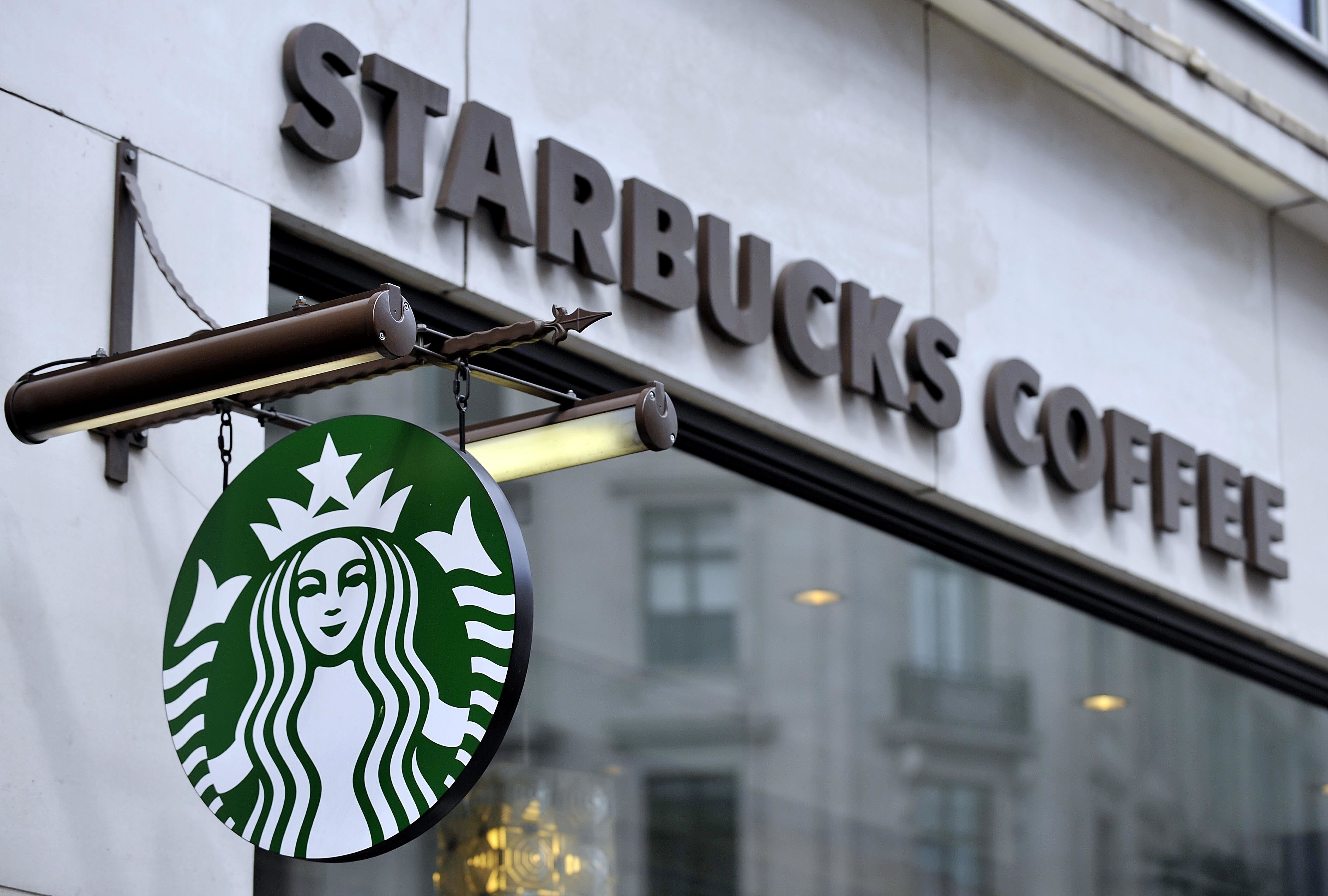Starbucks has announced a significant policy shift, reversing its 2018 open-door policy that allowed access to both paying and non-paying customers. The change, revealed on January 14, 2025, introduces a new code of conduct that prioritizes the safety and comfort of paying customers while addressing rising safety concerns in stores across North America.
Here's ads banner inside a post
Why Starbucks Is Making the Change
The open-door policy was originally implemented following a 2018 incident in Philadelphia, where two Black men were arrested for occupying a Starbucks store without making a purchase. The event, which went viral and was widely criticized as racial profiling, prompted Starbucks to issue a public apology and adopt a more inclusive approach.
However, the policy soon led to unintended consequences. Over the years, Starbucks experienced increased issues with drug use, smoking, panhandling, and other behaviors that disrupted the store environment. In 2022, the company was forced to close 16 locations in cities like Los Angeles and Seattle due to safety concerns.
Now, Starbucks’ leadership believes it’s time for a reset. CEO Brian Niccol, who took over to revitalize the brand after a disappointing sales season, emphasized the importance of creating a welcoming yet secure environment.
Here's ads banner inside a post
“We want everyone to feel welcome and comfortable in our stores,” Starbucks spokesperson Jaci Anderson explained. “By setting clear expectations for behavior and use of our spaces, we can create a better environment for everyone.”
What the New Policy Means for Customers
The new code of conduct, prominently displayed in all company-owned North American stores, outlines clear guidelines for behavior. Key points include:
- Purchase Requirement: Customers must make a purchase to hang out, wait for friends, or use the restroom.
- Prohibited Behaviors: Smoking, vaping, drug use, alcohol consumption (from outside sources), panhandling, and harassment are strictly forbidden.
- Enforcement Measures: Violators may be asked to leave, and law enforcement could be contacted if necessary.
Employees will receive training on enforcing the rules, ensuring a consistent approach across all locations.
Here's ads banner inside a post
Returning to the Coffeehouse Roots
The policy shift is part of a broader strategy by Niccol to reinvigorate Starbucks’ reputation as a community-focused coffeehouse. Along with the new rules, customers can expect other changes aimed at enhancing their experience:
- Streamlined Menus: Smaller, more focused menus to improve service speed.
- Better Mobile Order Timing: Adjustments to make pick-ups smoother.
- Personal Touches: The return of the Sharpie for writing names on cups, a small yet iconic Starbucks tradition.
Niccol is determined to address customer concerns while revitalizing Starbucks’ unique charm, ensuring it remains a go-to destination for coffee enthusiasts.
The End of an Era
The open-door policy was born out of good intentions, but the challenges it created outweighed the benefits. Former CEO Howard Schultz famously stated, “We don’t want to become a public bathroom, but we’re going to make the right decision a hundred percent of the time.” Unfortunately, the approach led to operational difficulties and safety risks that couldn’t be ignored.
The new rules signify a return to tradition for Starbucks. By prioritizing paying customers and establishing clear behavior standards, the company aims to strike a balance between inclusivity and safety.
Reactions to the Policy Change
The decision has sparked mixed reactions. Some customers appreciate the renewed focus on creating a safe and welcoming environment. Others worry it could alienate those who previously felt included.
Supporters argue that the changes are necessary to address legitimate safety concerns and improve the overall Starbucks experience. Critics, however, fear it may signal a departure from the company’s progressive values.
What’s Next for Starbucks?
With the new policy in place, Starbucks hopes to regain customer trust and boost its lagging sales. The move reflects a commitment to delivering not just coffee but also a comfortable and community-oriented experience.
As Starbucks works to adapt to evolving customer expectations, this policy shift could set the tone for how retail and hospitality brands balance inclusivity with operational challenges in the future.


